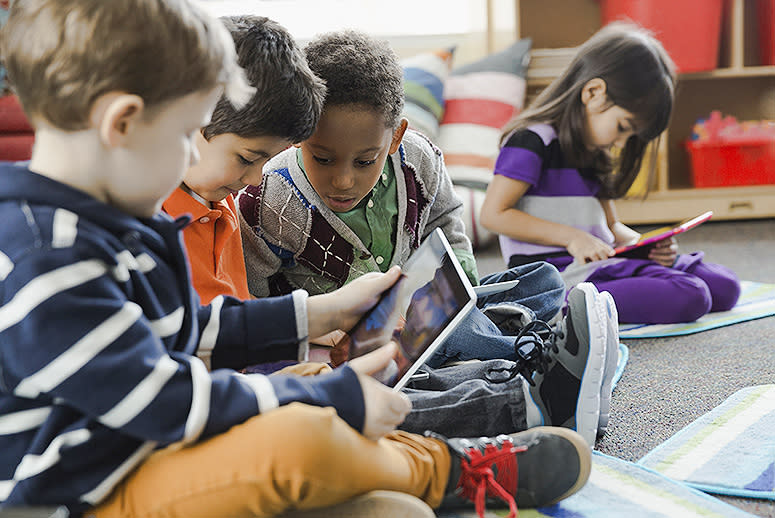Why the Roots of Police Violence Lead Back to Segregated Schools

Why the Roots of Police Violence Lead Back to Segregated Schools
Integrated public schools have long been touted as a key to boosting the achievement of disadvantaged students. Yet at a time when experts and analysts confirm the nation’s public schools are becoming more segregated, a new report suggests that integration should top the education reform agenda—and that the benefits go far beyond academics.
According to How Racially Diverse Schools and Classrooms Can Benefit All Students, a reportreleased this month by The Century Foundation, whites and minorities learning together in classrooms could help solve problems ranging from the black-white achievement gap to policeusing excessive force against African Americans.
“The advocates of racially integrated schools understand that much of the recent racial tension and unrest in this nation—from Ferguson to Baltimore to Staten Island—may well have been avoided if more children had attended schools that taught them to address implicit biases related to racial, ethnic, and cultural differences,” wrote the report’s authors.
Having students of different racial and economic backgrounds attend the same school helps them learn and socialize with people who aren’t like them, according to the report. Day-to-day interactions with a variety of peers, it adds, can challenge students’ biases or fears about other racial groups, boost intergroup understanding, and help eliminate prejudice.
“What if that police officer had gone to a more racially diverse school...[and learned] to understand the history of race and different cultural perspectives? How might some of those incidents [have] played out differently?” Amy Stuart Wells, a professor at Teachers College of Columbia University and the report’s coauthor, said to The Huffington Post. “These police officers, many of them are in their 20s and 30s and grew up in an era where schools have been resegregating.”
In the report, Wells and her colleagues wrote that “interracial respect, understanding, and empathy is what we should all strive for in our increasingly diverse society. There is no institution better suited to touch the lives of millions of members of the next generation than our public schools.”
Along with healing racial divisions, integrating schools could be central to America’s continued global prosperity. The report cites several amicus briefs submitted in the most recent legal battle over affirmative action, the United States Supreme Court case Fisher v. University of Texas. The briefs show the majority of top companies are looking for employees from diverse backgrounds who can work well with a wide range of people. “Without qualified people from different racial and cultural backgrounds, and, even more importantly, ‘cross-cultural competence’ among employees and management, U.S. corporations will be ill-equipped to compete in an increasingly diverse world,” wrote the authors.
Diverse public schools, with access to better resources and teachers, can produce a better-educated workforce too. Black and Latino students perform better in integrated schools, substantially reducing the black-white achievement gap many districts have struggled to close with no drop-off in the performance of white students. But while the benefits of integrated schools seem clear, reversing racial polarization is easier said than done.
“We have made tremendous progress in race relations in this country, [but] it’s still the big, big elephant in the room that we’re not addressing,” Tyrone Howard, associate dean of equity, diversity, and inclusion at the University of California, Los Angeles’ Graduate School of Education and Information Studies, told TakePart.
“We still have white families opting to send their kids to schools that are predominantly white,” Howard said. “That says something. It doesn’t go the other way around.”
The problem is twofold, Howard argues: Whites have negative stereotypes about minorities in general, and they have the perception that majority-black or Latino schools typically get the short Why the Roots of Police Violence Lead Back to Segregated Schools - Yahoo News:
